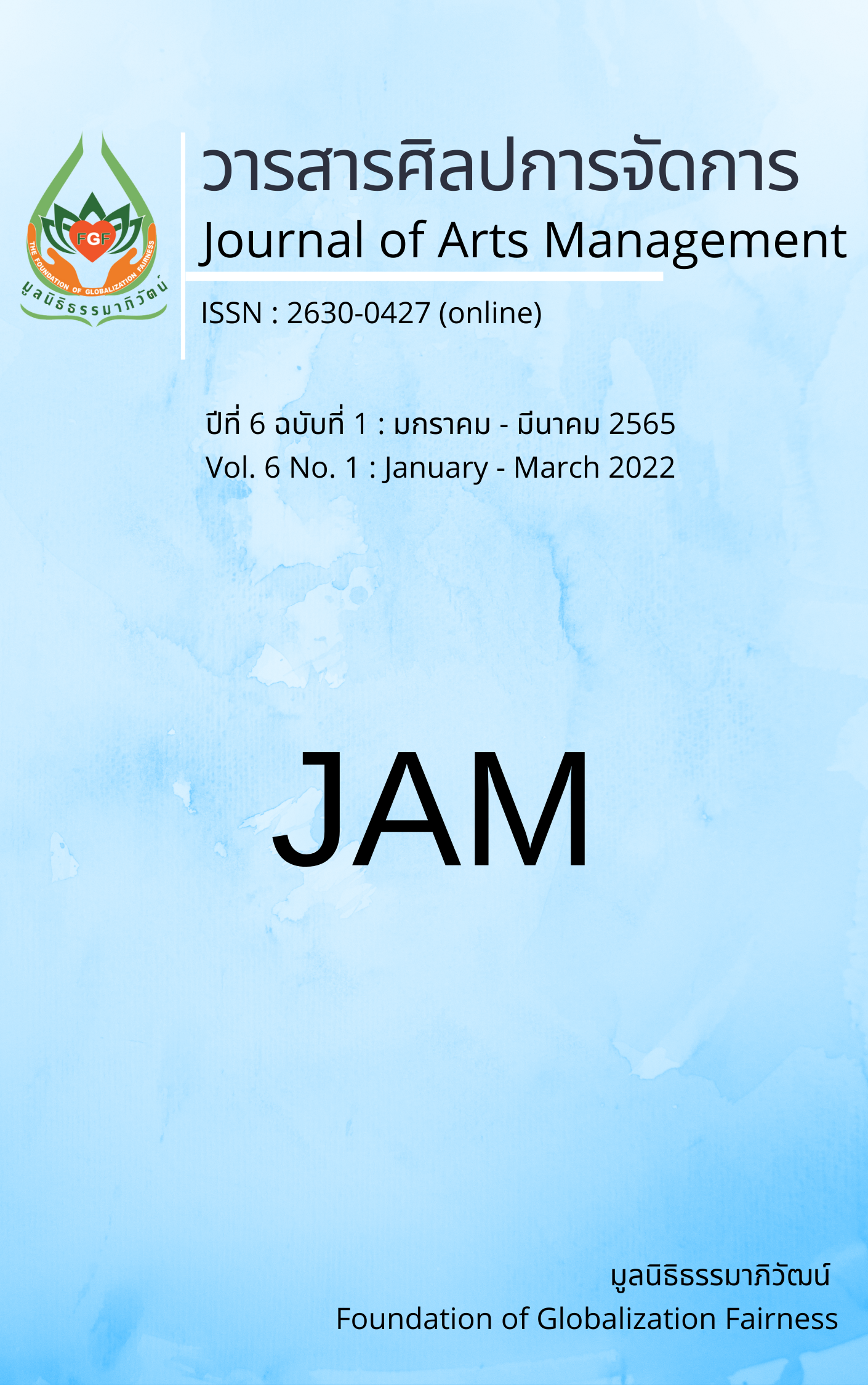An Analysis of Buddhist Philosophy in the Literature of Triphūm Phraruang and Mahābharata of Bhagavad Gitā
Main Article Content
Abstract
This qualitative research paper had four objectives: 1) to study Buddhist philosophy in general; 2) to study the literature on Traiphūm Praruang and Mahābharata Literature in the Bhagavad Gitā; 3)to analyze Buddhist philosophy in Traiphūm Praruang literature and Mahābharata Literature in the Bhagavad Gitā; and 4) to create new knowledge from the perspective of Buddhist philosophy on Traiphūm Praruang literature and Mahābharata Literature in the Bhagavad Gitā.
The results showed that Buddhist philosophy views life as consisting of five aggregates under the law of three characteristics and rejects the ego, which is stable, accepting samsara according to the law of karma, and the ultimate goal is Nibbāna. Traiphūm Pra Ruang refers to the world consisting of 3 realms (Phopbhūm): 1) Kāmabhūm, 2) Rūpabhūm and 3) Arūpabhūm. The realms indicate the blissful state for those who do goodness and hell for those who do bad actions. Again, the realms are the places to support the cycle of life and death of all beings in various forms, corresponding to the concept of the law of karma and samsara in Buddhist philosophy. However, the realms in the Traiphūm Praruang emphasize on governing the people of the state to be good people, while the Tripitaka emphasizes the way to the end of suffering by attaining Nibbāna. However, the Bhagavad Gitā confirms the existence of the ātman which is the ultimate truth that exists above the transformation and human ignorance as the cause of life to cycle through rebirth endlessly. When eliminating ignorance, one can attain moksha through the practice of yoga, and the results of action depend on the power of Brahma. Therefore, both the Bhagavad Gitā and Traiphūm Pra Ruang teach people to focus on good action. The principles obtained from research can be concluded into ‘TGUBP-Model’.
Article Details

This work is licensed under a Creative Commons Attribution-NonCommercial-NoDerivatives 4.0 International License.
Views and opinions appearing in articles in the Journal of Arts of Management It is the responsibility of the author of the article. and does not constitute the view and responsibility of the editorial team I agree that the article is copyright of the Arts and Management Journal.
References
Channgam, S. (1982). Introduction to Buddhist philosophy. Department of Human Relations.
Hiriyanan, M. (1967). Outlines of Indian Philosophy. Blackie and Son Publishers.
Mahachulalongkornrajavidyalaya University. (1996). Thai Scriptures, Mahachulalongkornraja vidyalaya Version. Mahachulalongkornrajavidyalaya.
Phaya Lithai. (1972). Triphūmi Phraruang (8th ed.). Klungvidya.
Phra Brahmagunabhorn (P. A. Payutto). (2010a). Developing Thai society through knowledge, Understanding, Tribhumi (8th ed.). Banluedham Institute.
Phra Brahmagunabhorn (P. A. Payutto). (2010b). Thammanoon of Life, Happy Life, Happy Death. Banluedham Institute.
Phra Dhammapitaka (P.A. Payutto). (1996). Buddhadhamma (12th ed.). Mahachulalongkornrajavidyalaya University.
Phra Dhammapitaka (P.A. Payutto). (1998). Buddhism in Asia (5th ed.). Thammasapha.
Phra Dhammathirarajamahamuni (Wilas Yanavaro). (1992). Lokatipani. Dokya.
Phramaha Magavin Purisuttamo. (2018). The universal philosophy: Analysis and criticism. MBU Education Journal, 6(1), 1-28.
Phramaha Suksan Chanthachoto. (1985). A comparative study of ethical judgment criteria in Buddhist Philosophy and Bhagavad Gitā Philosophy[Master of Arts Thesis, Chulalongkorn University].
Phrasirimongkalacharn, (Sripingmuang). (1980). Chakwanthipani. Fine Arts Department.
Radhakrishnan. (1973). The Bhagavadgitā. Harper and Row.
Sharma, R. N. (1972). Indian Philosophy. Patwardhan.
Sri Sankaracharya. (1981). The Bhagavad Gitā. Samata Books.
Upadhyay K.N. (1971). Early Buddhism and Bhagavadgitā. Motilal Banarsidass.
Waipayanawayas, K. (1984). Srimathbhagavadgitā. Translated by Monwitoon, S., & Thaongprasert, C. (3rd ed.) The Sanskrit and Thai editions. Praevidya.
Yungyuan, J. (1983). A comparative study on metaphysical and ethical thoughts in the Bhagavad Gitā scriptures and Tao Te Ching scriptures[Master of Arts Thesis, Chulalongkorn University].


